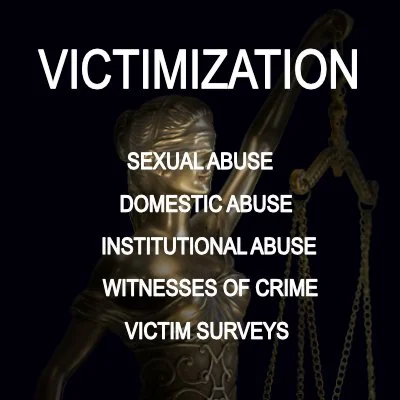By Melanie Burton, Savannah Minihan, Mariesa Nicholas, et al.
eSafety is the first government agency to implement a dedicated scheme responsible for facilitating the removal of non-consensual intimate images posted online via the establishment of an image-based abuse (IBA) reporting portal and a civil penalties scheme. This research examines the operation of eSafety’s IBA scheme from 2018 to 2023. The paper examines what was being reported under the scheme, including who was reporting and changes in report numbers over time.
The increasing number of reports over the first five years of the scheme highlights the importance of community awareness-raising and preventative education, as well as investment in initiatives that destigmatise and de-shame image-based abuse and encourage help-seeking.
The IBA scheme enables eSafety to engage directly with online service and platforms to get the intimate content removed. It finds that the scheme has increasingly helped remove harmful content and enabled Australian victims of image-based abuse to access expert assistance, regain control over their situation and to receive practical support to help them feel safer online.
Key findings
Reports to the IBA scheme increased by more than 960%, from 849 reports in 2018/19 to 9,060 reports in 2022/23.
The increase in reports was led by a 1,332% increase in reports for sexual extortion and a 2,206% increase in reports for child sexual exploitation.
eSafety sent 1,961 removal requests to online services and platforms and were successful in having all or some of the material removed for 89.9% of these requests.
Journal of Online Trust and Safety, April 2025, 37p.

















